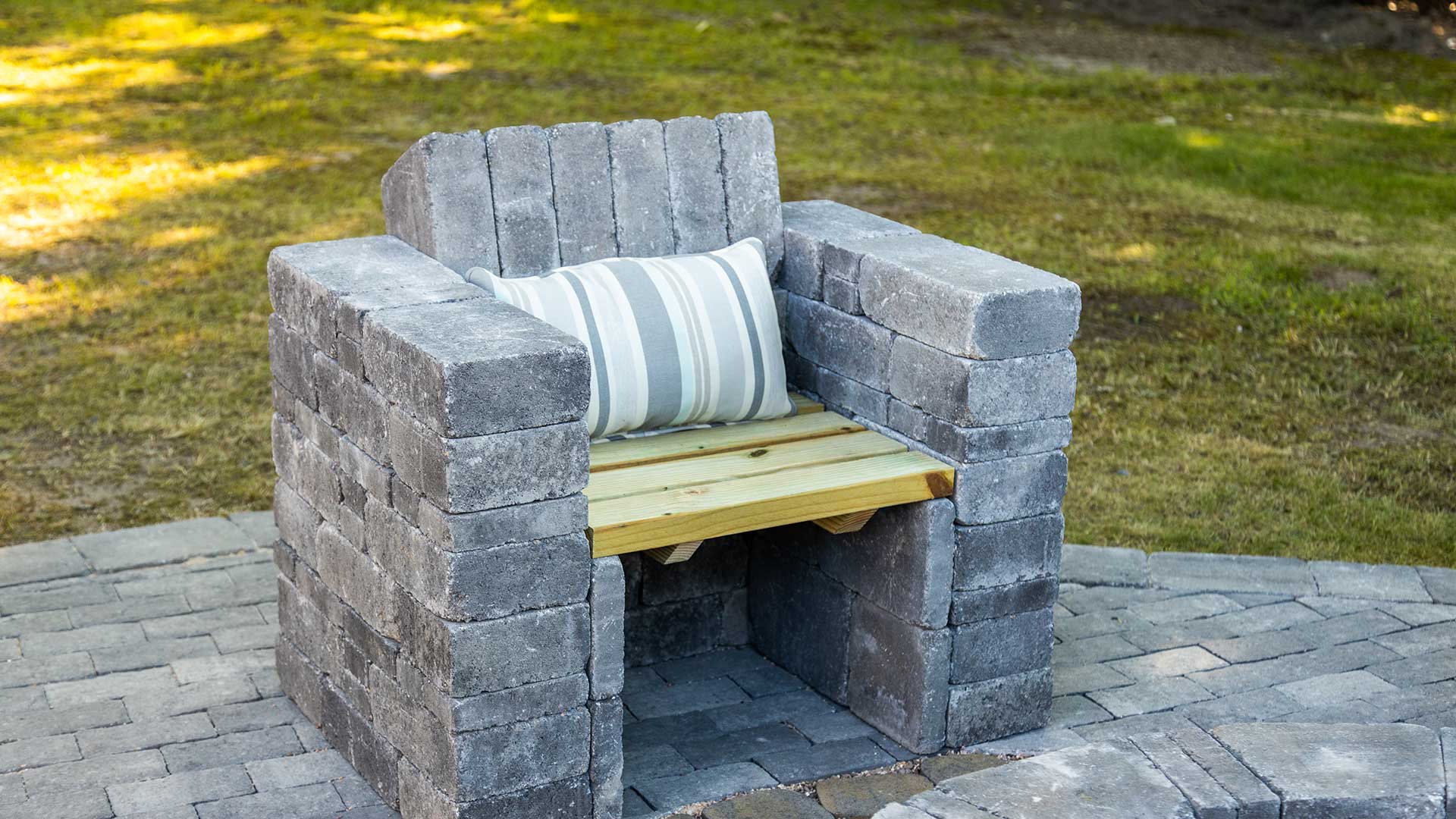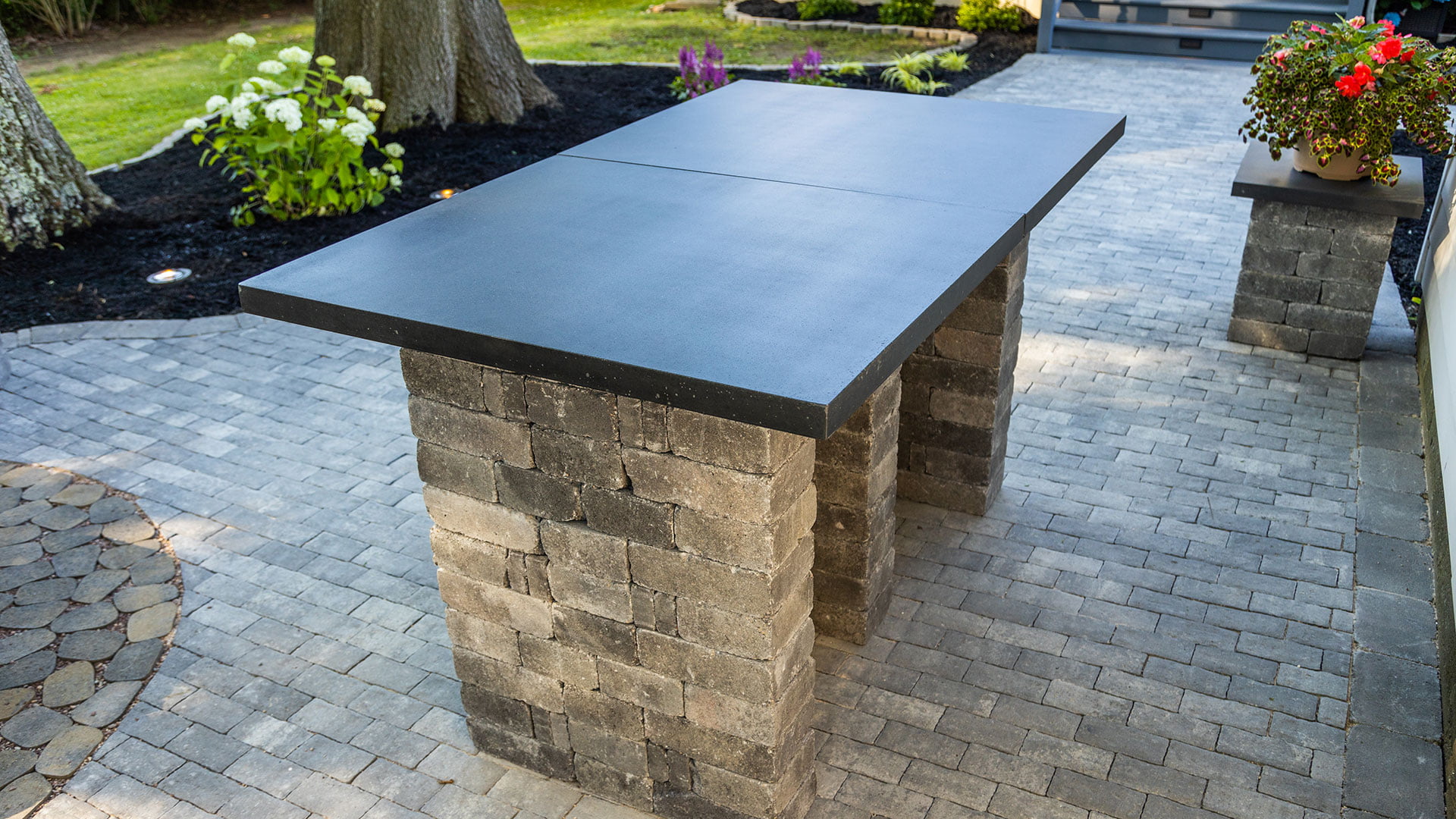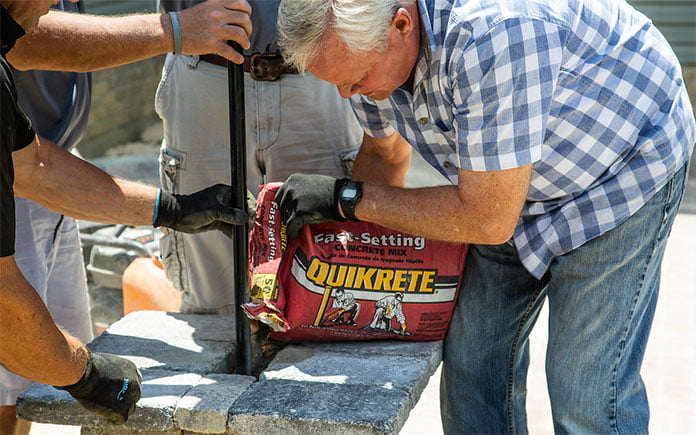Patio Seating Inspiration: How to Build Paver Chairs
Having enough seating for your outdoor entertaining space is essential to ensure your guests are comfortable. These chairs made from RumbleStone blocks make a great addition to any patio, particularly those made of pavers. To create your own paver patio chair, first take small, medium, and large RumbleStone blocks and lay them out in a … Read more



